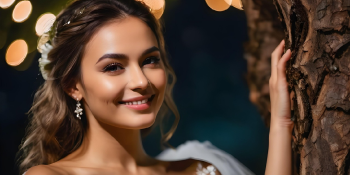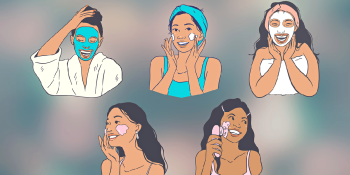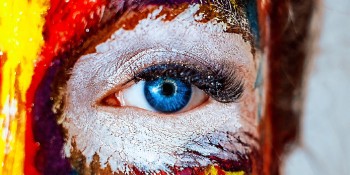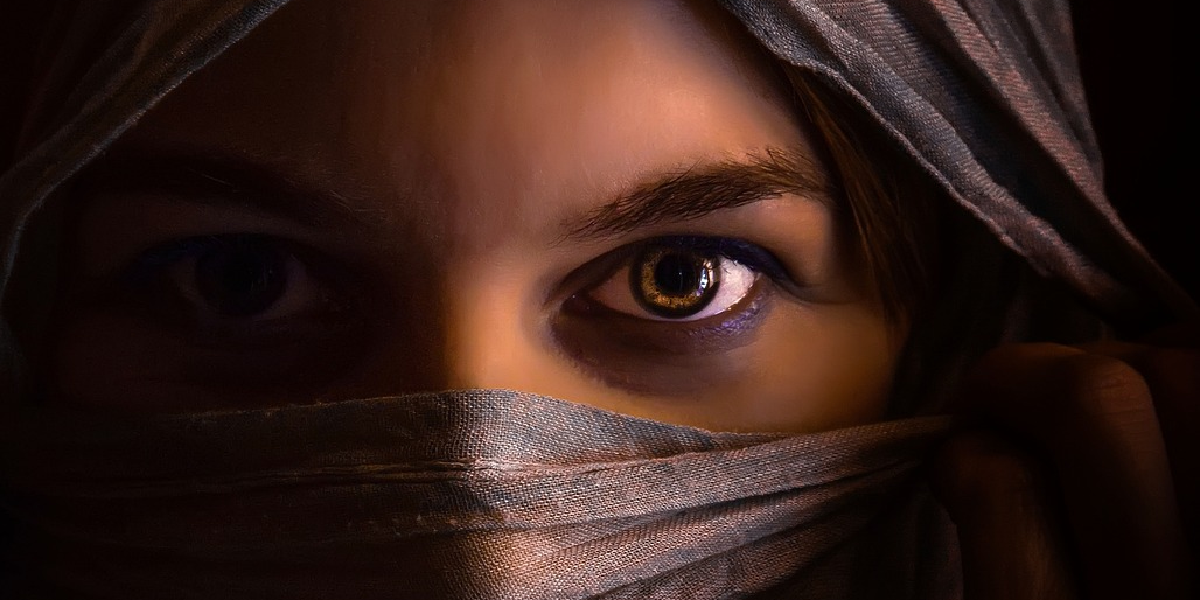What You Should and Shouldn’t Believe in Nepali Society
Beauty has long been a subject of discussion, admiration, and, unfortunately, unrealistic expectations—especially in Nepali society. The perception of beauty is deeply influenced by cultural norms, traditions, and societal expectations that often place unfair pressure on young girls. From an early age, many are made to believe that fair skin, a slim figure, and long, thick hair define beauty. But how true are these standards? Let’s debunk some of these myths and uncover the reality behind them.
Myth 1: Fair Skin Equals Beauty
One of the most common and damaging beauty myths in Nepal is the belief that fair skin is superior. Many young girls are told that being "gori" (fair) makes them more attractive, leading to the excessive use of whitening creams and treatments. This mindset has been reinforced by advertisements promoting fairness products, making many feel insecure about their natural skin tone.
Truth:
Skin color is determined by genetics and melanin levels, and having a darker skin tone does not make someone less beautiful. In fact, deeper skin tones have more melanin, which provides natural protection against sun damage and aging. Beauty is diverse, and every skin tone is unique and stunning.
Motivational Quote: “Beauty begins the moment you decide to be yourself.” — Coco Chanel
Myth 2: Being Slim is the Only Way to Look Beautiful
Nepali society often associates beauty with being thin. Young girls are constantly reminded to lose weight to be considered attractive, leading to unhealthy eating habits, extreme dieting, and low self-esteem.
Truth:
Health is far more important than size. The idea that only a slim body is beautiful is a harmful stereotype that ignores the beauty of different body types. Strength, confidence, and self-care define attractiveness more than a number on the scale. Instead of striving for an unrealistic body image, focus on fitness and well-being.
Motivational Quote: “Your body is not an ornament; it is the vehicle to your dreams.” — Taryn Brumfitt
Myth 3: Long, Thick Hair is a Symbol of Feminine Beauty
Another common belief in Nepal is that women should have long, thick, and black hair to be beautiful. Women with short hair are often judged and told they look "too modern" or "less feminine."
Truth:
Hair does not define femininity or beauty. Many women feel more confident and empowered with short hair. Hair type and texture vary, and beauty is about embracing what makes you feel comfortable and happy. Whether it’s long, short, curly, or straight—your hair does not determine your worth.
Motivational Quote: “A woman who cuts her hair is about to change her life.” — Coco Chanel
Myth 4: Wearing Makeup Makes You Fake
There is a widespread notion that girls who wear makeup are trying to hide their true selves or are seeking unnecessary attention.
Truth:
Makeup is an art form and a means of self-expression. Some people enjoy wearing makeup because it boosts their confidence, while others prefer a natural look. Neither is right nor wrong. True beauty lies in embracing choices, whether that means going makeup-free or enjoying bold looks.
Motivational Quote: “Makeup should never be a mask but a way to express who you are.” — Unknown
Myth 5: Beauty Equals Marriage Prospects
In many Nepali households, girls are often judged based on their appearance when it comes to marriage. Relatives and neighbors make comments about a girl’s looks, suggesting that beauty determines a good match.
Truth:
A person’s worth is not determined by their appearance but by their character, intelligence, kindness, and ambitions. Marriage should be based on compatibility, values, and mutual respect, not shallow beauty standards. Women should not be made to feel like their ultimate goal is to meet societal expectations of physical beauty.
Motivational Quote: “You don’t owe prettiness to anyone. Not to your boyfriend, not to your parents, not to strangers.” — Erin McKean
The Consequences of Unrealistic Beauty Standards
Due to these beauty myths, many girls suffer from low self-esteem, anxiety, and even depression. The pressure to conform leads to an unhealthy obsession with appearance rather than focusing on personal growth, education, and mental well-being. It’s crucial to challenge these myths and promote body positivity and self-love.
Breaking Free from Beauty Stereotypes
-
Embrace Your Uniqueness: Everyone is different, and that’s what makes people beautiful.
-
Promote Self-Love: Encourage positive affirmations and confidence-building habits.
-
Educate and Challenge Myths: Speak up against unrealistic beauty expectations in conversations, schools, and social media.
-
Support Each Other: Compliment people on qualities beyond their appearance—intelligence, kindness, creativity.
Final Thoughts
Beauty is not a fixed standard set by society but a reflection of confidence, self-acceptance, and authenticity. The more we challenge these outdated myths, the more we empower young girls to feel comfortable in their skin. Instead of changing to fit societal beauty standards, redefine beauty on your own terms.
Motivational Quote: “Real beauty is to be true to yourself. That’s what makes you attractive.” — Laetitia Casta








-1741245072.png)
